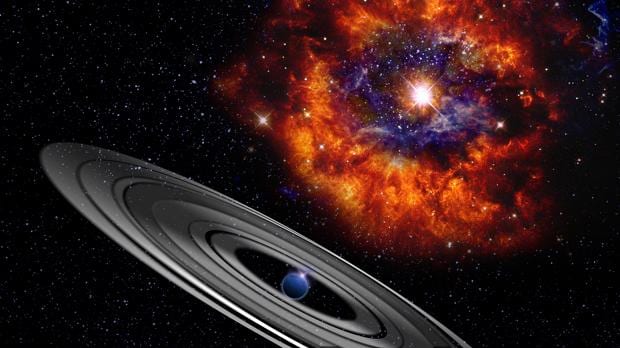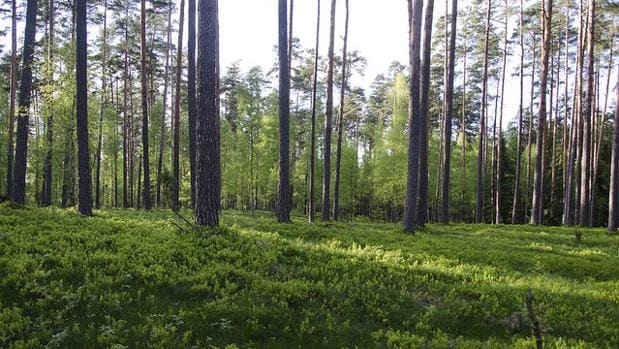PDS 110 is a rare young star in the Orion constellation that has the same temperature as the Sun but is a bit larger. Hugh Osborn, a researcher at the Warwick Astrophysics Group, realized that his light is blocked regularly by a large object, probably an orbiting planet still undiscovered.
Using data from different observatories and instruments, astronomers analyzed fifteen years of PDS 110 activity. In this way, they discovered that every two and a half years, the light of this distant star is reduced to 30% from two to three weeks. Two notable eclipses were observed in November 2008 and January 2011.

Commentary: I think that can be extraterrestrial life in the planet who tour arround this star.
Glossary: I think that all the words in the notice are easy to understand.
LINK
